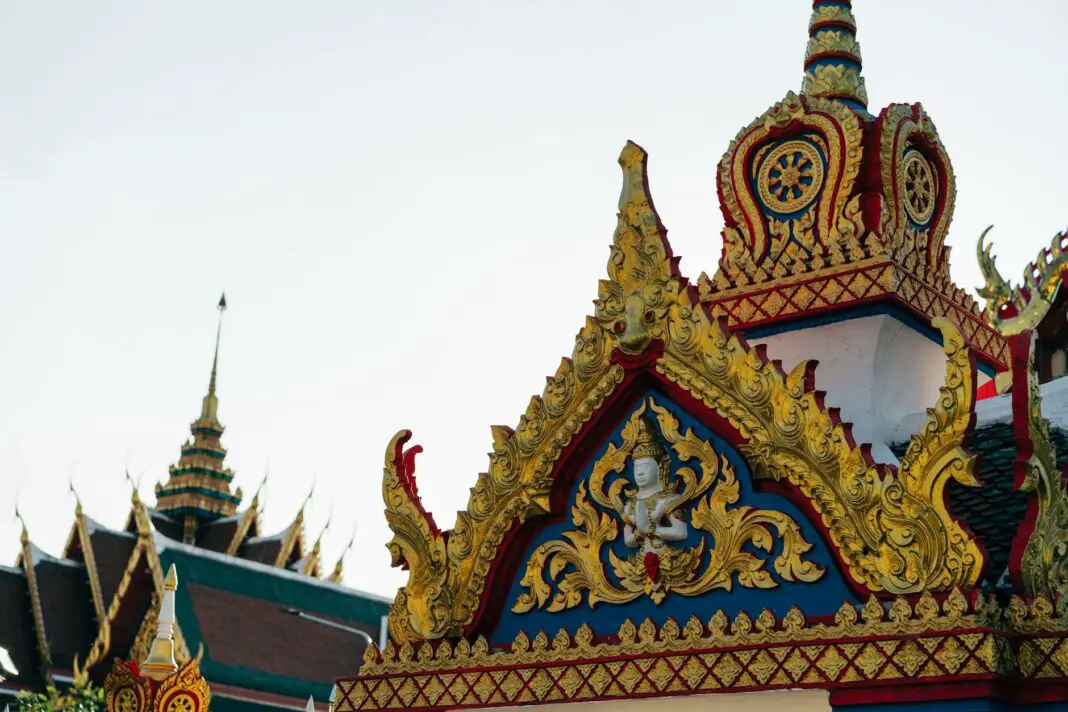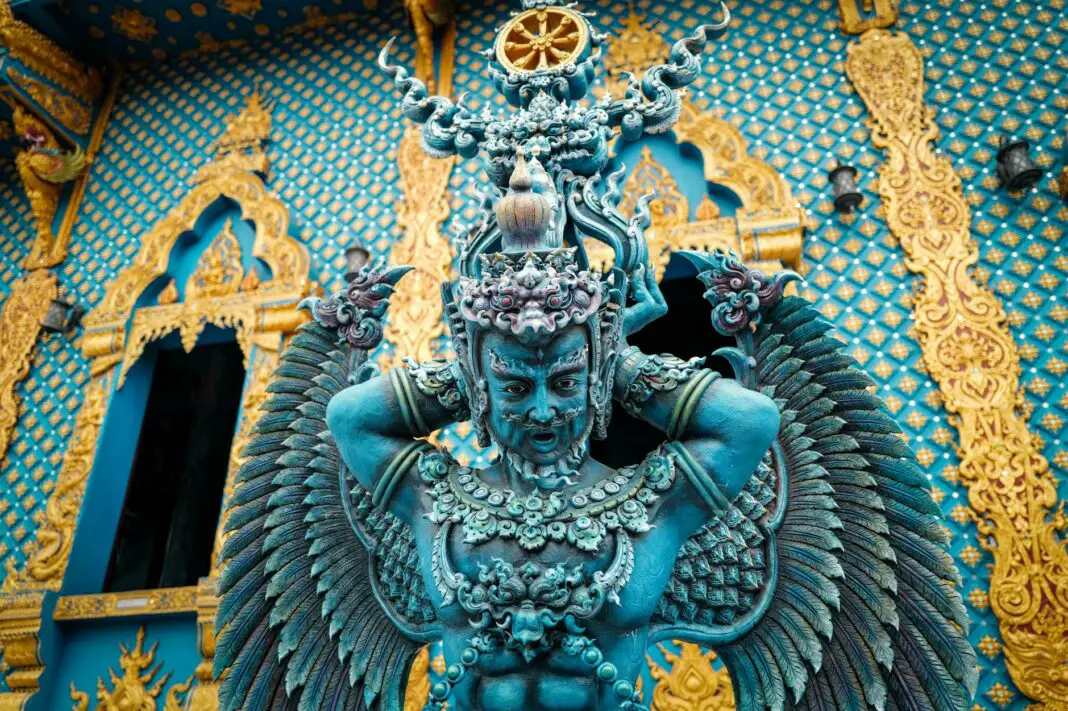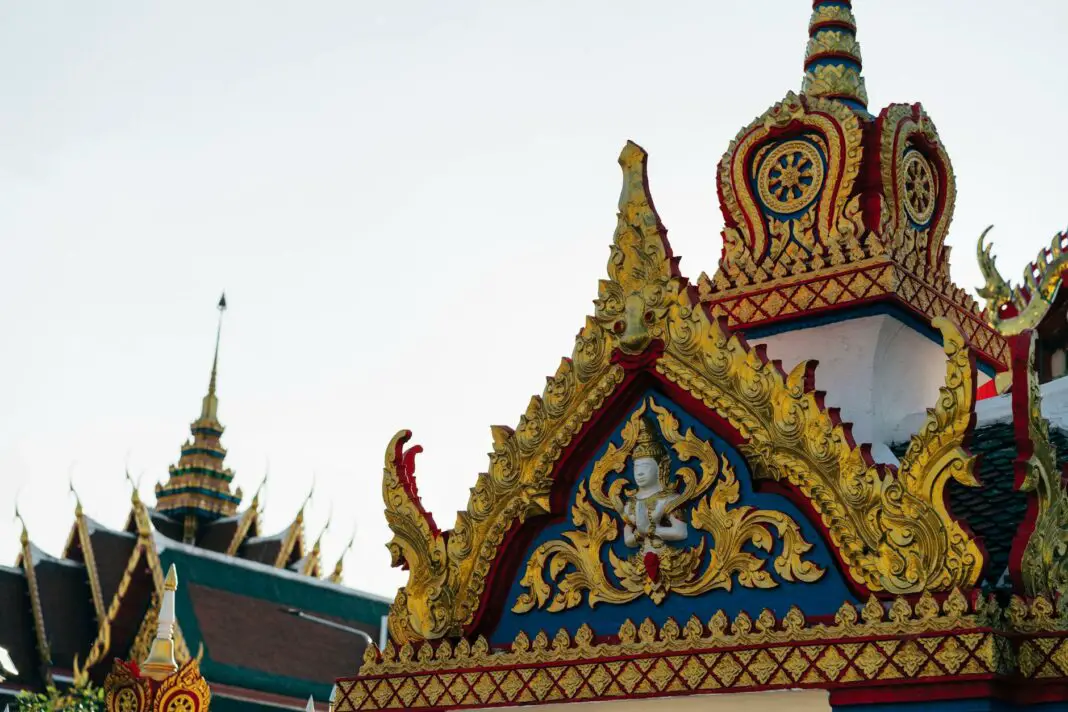Embarking on a trip to Thailand is not just about exploring beautiful beaches and tasting delicious street food; it is an invitation to discover the hidden rituals that reside within the country’s sacred temples. For those seeking an unforgettable experience, Thailand offers a profound journey into spirituality and cultural heritage. From mesmerizing ceremonies to the tranquil ambiance of revered sites, the country’s temples are treasure troves of mystery, waiting to be uncovered.
In this blog post, we will delve into the captivating world of Thailand’s sacred temples, unearthing the secret rituals and practices that enhance the spiritual experience for travelers. Whether you are wandering through the majestic Wat Phra Kaew or participating in a meditative retreat at Wat Suan Dok, you will learn about the rich layers of meaning that these practices hold. Buckle up for an enlightening adventure as we guide you through the sacred spaces of Thailand.
Table of Contents
- Awareness of Ceremonies in Wat Phra Kaew
- Meditative Practices at Wat Suan Dok
- Offering Rituals at Wat Traimit
- Local Festivals and their Sacred Significance
- Hidden Places for Reflection and Peace
- Final Thoughts on Thailand’s Spiritual Landscape
- Frequently Asked Questions
Awareness of Ceremonies in Wat Phra Kaew
Wat Phra Kaew, also known as the Temple of the Emerald Buddha, is one of Thailand’s most revered spiritual sites. Visitors flock to this majestic temple not only for its stunning architecture and intricate murals but to witness the profound ceremonies that occur regularly. One of the most significant celebrations is the changing of the Emerald Buddha’s seasonal attire, with monks adorning the statue in rich garments that reflect the time of year. This ritual is steeped in symbolism, representing the connection between the divine and the earthly, as well as the cyclical nature of life itself.
During your visit, you might also find yourself participating in smaller, yet equally impactful, ceremonies, such as the ceremonial lighting of incense or the chanting of mantras. The atmosphere pulsates with reverence, making it easy to feel the spiritual energy that envelops these rituals. Observing or partaking in these ceremonies can significantly enhance your understanding of Thai culture and spiritual practices, inviting you to reflect on your own beliefs and mindfulness practices.
Meditative Practices at Wat Suan Dok
Wat Suan Dok, located in serene Chiang Mai, stands as a beacon for those interested in meditation and self-awareness. This temple offers visitors a unique opportunity to delve deeper into the practice of mindfulness and introspection, crucial components of Buddhism. Take note of the daily meditation sessions available for both tourists and locals; these sessions allow individuals to connect with their inner selves amid tranquil surroundings. Through guided meditation, participants learn to quiet their minds and find solace away from the bustling tourist areas.
Furthermore, engaging in these practices enables travelers to appreciate the art of meditation as a powerful tool for personal growth and emotional balance. The serene gardens and beautiful surroundings of Wat Suan Dok create an idyllic backdrop, conducive to reflection and relaxation. Every moment spent here adds a layer of richness to your journey, encouraging a mindset of gratitude and presence in an increasingly busy world.
Offering Rituals at Wat Traimit
As you explore the depths of Thailand’s sacred temples, don’t miss the opportunity to visit Wat Traimit, home of the Golden Buddha. Here, offering rituals play a significant role in enhancing the spiritual experience. Visitors are often encouraged to participate in these time-honored traditions, such as placing flowers, incense, or candles at the feet of the Golden Buddha as a means of showing respect and gratitude. The act of giving can be incredibly transformative, forging a deep connection with the spiritual immensity of the site.
Additionally, these offering rituals allowed me to grasp the importance of community in Thai culture. Locals engage in these gestures not merely for personal gain but as a collective act of reverence that strengthens bonds within the community. The act of offering does not require grand gestures, rather small, intentional gifts that embody sincerity can open paths to spiritual blessings. By embracing these rituals, travelers enrich their experience, taking away more than just memories, but lessons in humility and generosity.
Local Festivals and Their Sacred Significance
Throughout the year, Thailand hosts a variety of local festivals that hold both cultural and spiritual significance, with ceremonies often rooted in temple traditions. One of the most vibrant celebrations is Yi Peng, where thousands of lanterns are released into the night sky, symbolizing the letting go of negativity and the welcoming of new beginnings. This magnificent sight draws both locals and tourists, creating a sense of unity that is palpable throughout the festivities. Participating in such a festival provides tourists a unique perspective on the Thai way of life and the importance of community rituals in spiritual expression.
Each festival brings with it unique traditions, dances, and prayers, all deeply intertwined with the local temples. Attending these events not only enhances your travel itinerary but also connects you to the heart of Thai culture. The stories whispered during the dance performances and the prayers offered at the temples become an essential part of your understanding of the country’s spiritual landscape.
Hidden Places for Reflection and Peace
While many visitors flock to the major temples, Thailand is dotted with lesser-known sacred sites that offer tranquility and a chance for reflection away from the crowds. Some hidden gems include Wat Umong in Chiang Mai, with its serene tunnels and sprawling gardens designed for meditation, or Wat Phu Khao Thong, which features stunning views and a peaceful ambiance perfect for quiet contemplation. Exploring these hidden places allows you to experience a different facet of Thailand, one that feels more personal and connected to ancient spiritual practices.
As you navigate these lesser-known temples, take the time to engage with the local community and learn about their narratives. Each hidden temple offers stories and insights that enrich your journey, allowing you to create meaningful memories far beyond mere sightseeing. Inevitably, these tranquil experiences cultivate a deeper connection to the land and its spiritual side, leaving a lasting impression on your travel adventure.
Embrace the Sacred Journey Through Thailand
As you conclude your exploration of Thailand’s sacred temples, remember that each experience compounds into a rich tapestry of culture and spirituality. The rituals, ceremonies, and hidden treasures you discover not only deepen your understanding of Thai heritage but also allow for personal growth. This journey offers a transformative opportunity to engage with something greater than oneself, encouraging a greater appreciation for mindfulness and presence.
May your path through these sacred spaces inspire you to reflect on your beliefs and foster connections with others. The stories etched into the walls of each temple serve as reminders that spirituality thrives within communities, transcending boundaries and enriching our human experience. It’s time to embrace the sacred journey of Thailand, filled with beauty, wisdom, and profound insight.
Frequently Asked Questions
What is the best time to visit Thailand’s temples?
The best time to visit Thailand is typically during the cool and dry season, from November to February, when the weather is pleasant. However, each season offers unique temple experiences. For instance, if you visit during a local festival, you’ll witness vibrant celebrations that enhance your experience.
Do I need to dress formally when visiting temples?
Yes, it is essential to dress respectfully when visiting temples in Thailand. This usually means wearing clothing that covers your shoulders and knees. Many temples provide sarongs for visitors who do not have proper attire, so it’s always best to come prepared.
Are there rituals I can participate in as a tourist?
Absolutely! Many temples encourage tourists to partake in rituals such as making merit through offerings, lighting incense, or even joining in meditation sessions. Engaging in these activities enriches your experience and provides insights into traditional practices.
How can I learn more about the history of the temples?
To gain a deeper understanding of the temples’ history, consider hiring a local guide who can share stories and significance behind the rituals and architecture. Additionally, many temples provide informational pamphlets or guided tours to educate visitors.
Is it safe to visit sacred temples in Thailand?
Visiting sacred temples in Thailand is generally safe for tourists. However, as with any travel destination, it is essential to stay aware of your surroundings and avoid any areas that seem unsafe or overly crowded. Respect the local customs and practices to ensure a positive experience.
Image Credit: Pexels





